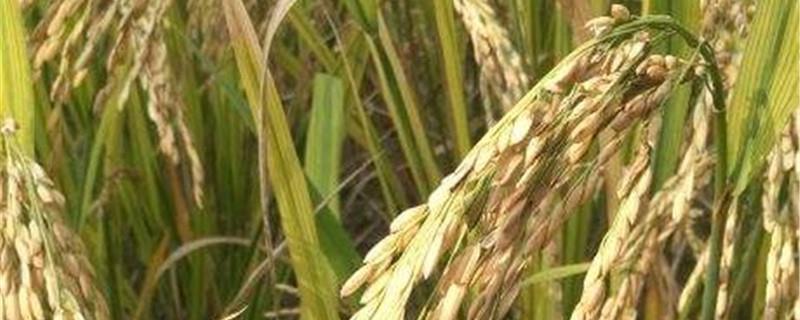Millet farming methods
Last Update :2024.05.03
Article Catalog
Soil: Millet farming requires soil with loose soil and a thick black soil layer. Light: It likes light and is a short-day crop. It needs to be planted in a sunny place. Temperature: It likes temperature, and the average temperature during the entire growth period has been controlled at around 20°C. Watering: It is relatively drought-tolerant and generally does not require watering. However, during the jointing, booting and grain-filling stages, if drought occurs, timely watering is required. Fertilization: It likes fertilizer and needs reasonable fertilization, especially phosphorus fertilizer.

1. Soil
1. Soil
Millet does not have strict soil requirements, but it is most suitable to grow in neutral soil with loose soil, thick black soil layer, good drainage, and rich organic matter. Since millet has poor salt tolerance, if it is planted in saline-alkali land, the planting amount should be appropriately increased.
2. Light
It is a light-loving short-day crop. Insufficient light will cause the seedlings to be thin and tall, with low chlorophyll content and dry matter accumulation. Especially in the later stages of its growth, it needs sufficient light, because 92% of the dry matter accumulation of the seeds comes from photosynthesis in the later stages.
3. Temperature
It likes temperature and has different temperature requirements at different stages of growth and development. During the growth and development period, the average temperature is 20°C, the minimum temperature during the germination period is 7-8°C, and the optimal temperature is 24-25°C. When the temperature is below 7°C, proper insulation is required to avoid freezing damage.
4. Watering
Millet is a relatively drought-tolerant crop and generally does not need watering. However, during the jointing, booting and grain-filling stages, if drought occurs, watering should be done in time and Topdressing with booting fertilizer can promote large ears, compete for grain number, and increase seed setting rate and thousand-grain weight.
5. Fertilization
It likes fertilizer. Generally, fertilization is divided into three stages. The first stage is base fertilizer, which is mainly farmyard manure and mixed with superphosphate as base fertilizer. It is applied into the soil during plowing or ridge raising. The second is seed fertilizer, usually diammonium phosphate and a small amount of nitrogen fertilizer, which can promote early and rapid growth of rice seedlings. The third is top dressing. Apply nitrogen fertilizer when the seedlings are 30-50 cm tall.
2. Lighting
3. Temperature
4. Watering
5. Fertilization
- END -
Is Clivia acidic or alkaline? Breeding methods and precautions in winter

Clivia is acidic, so you need to use slightly acidic soil when cultivating it. How...
Borage cultivation methods and precautions

Temperature: Borage is relatively cold-tolerant and can withstand temperatures as ...